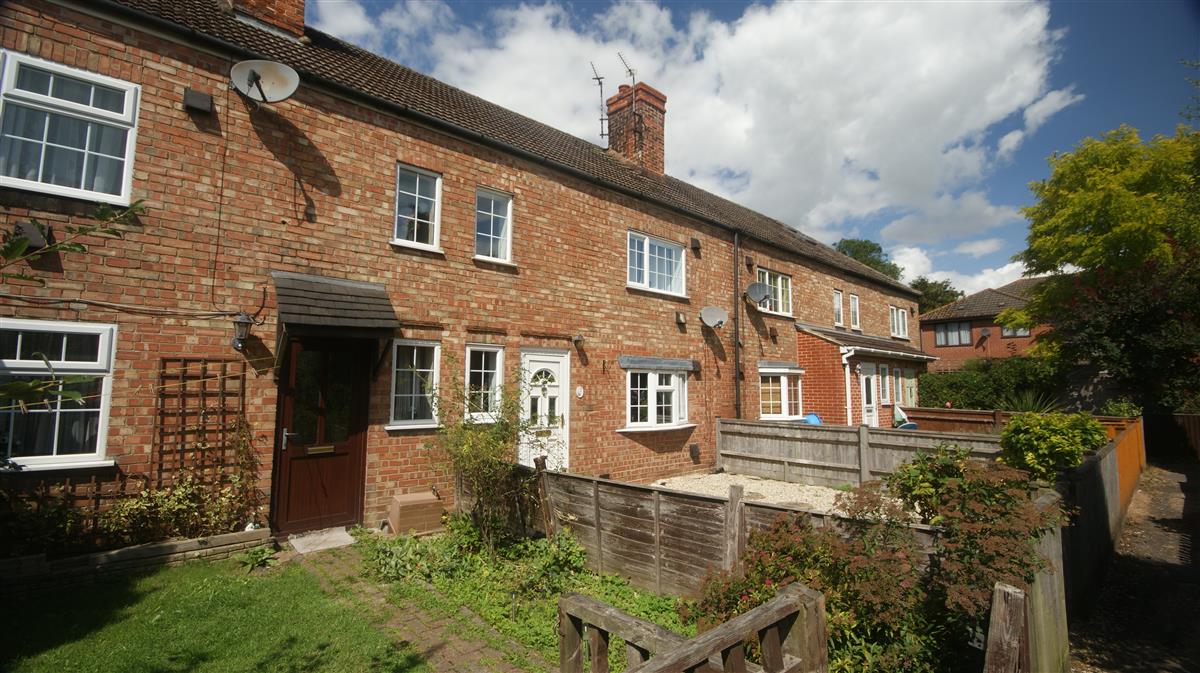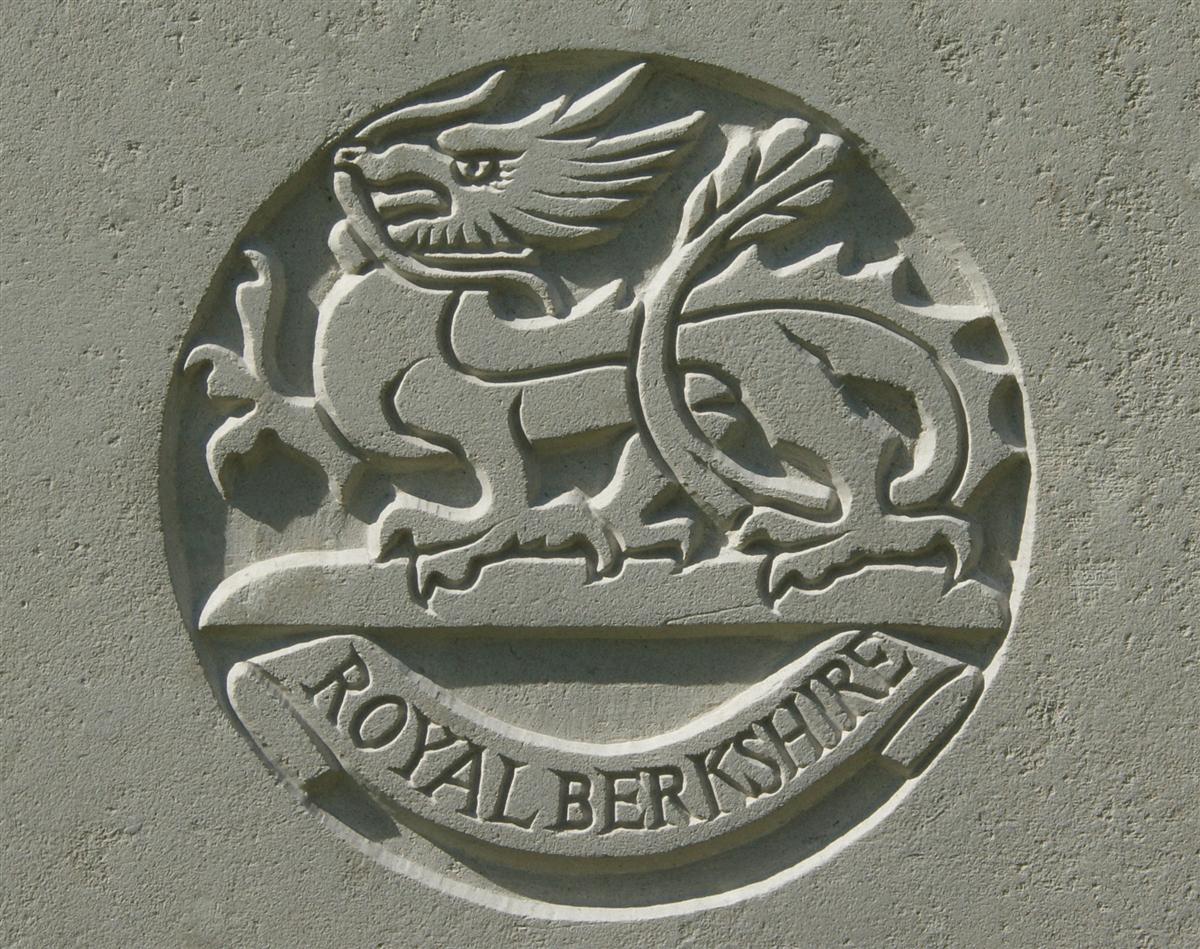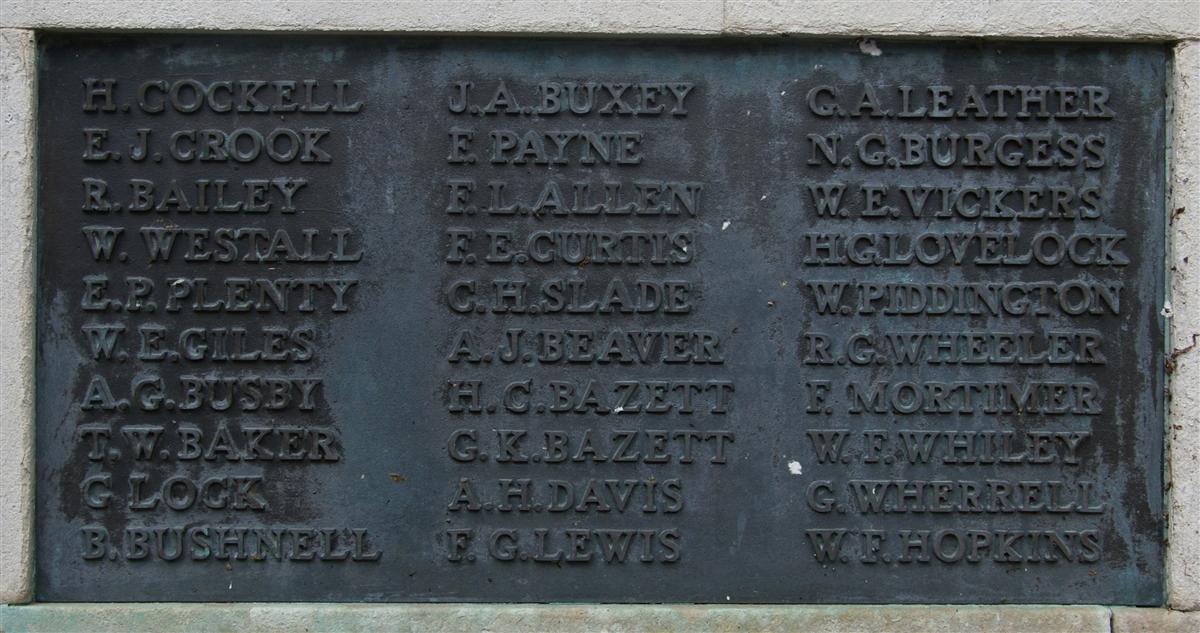Edwin John Crook
Private 8422 Edwin John Crook, 2nd Battalion, Royal Berkshire Regiment
Edwin John Crook was born in Bucklebury in 1887. Although he was registered as Edwin in the Bradfield Registration District during the last quarter of that year, and recorded as such in the family’s census returns of 1891 and 1901, in later records he was referred to as Edward, suggesting that he preferred this name, which is used from this point in this story.
His parents, Joshua and Mary Ann (née Wigmore) had a large family, recorded in 1911 as 11 children, two of whom had died by that date. Nine of these are readily identified using census returns: James Walter (born 1880), Hetty Matilda (1882), Edith Mary (1884), Edwin, Prudence Ellen (1894), Sidney George (1896), Gladys Eva (1899), Florence Liliy (1901) and Charles Alfred (1904). Sidney died in 1910 aged 13, but it is not possible to conclusively determine (without significant expense in birth certificates) which of three possible child deaths in the Bradfield and Newbury registration districts might be the other lost child – although the most likely appears to be Louisa Crook (1882-1896). The eleventh child may have been Annie Sellwood Wigmore, recorded as Joshua and Mary Ann’s child in a number of online family trees, but the middle name suggests a different father as it was common practise to name the father of an illegitimate child in this way.

Kennet Place |
The family moved to Newbury in the early 1890s, residing first in Deller’s Buildings, a group of cottages (later known as Bridge Cottages and long-since demolished) to the south of the Cock Inn in Shaw Road. In 1903 moved to Kennet Place, three terraces of old cottages on the north side of London Road, east of the Robin Hood public house (two of which are still there).
Logically Edward would have attended Speenhamland School, but he was not listed on the school war memorial; he may have been overlooked, or he may have attended the Roman Catholic school at St Joseph’s.
After school he found work as a farm labourer for a while before deciding to enlist in the army with the local infantry – the Royal Berkshire Regiment. He enlisted on 3 January 1907 almost certainly for a 12-year term, 7 years to be served with the colours followed by 5 years in the Reserve.
After six months training in England with the regiment’s 3rd Battalion, he was posted to the 2nd Battalion stationed at Jhansi in India. On completion of his 7 years with the colours he would have been sent home to England and discharged to civvy street to remain a member of the Reserve. After only a few months in mufti he was recalled to the colours on 5 August 1914, when the Reserve was called upon to make up the numbers of the regular battalions which were preparing for their imminent move across the Channel to France. Edward did not join up with the 1st Battalion at Aldershot; instead he was held back to await the arrival of the 2nd Battalion, which was recalled from India, arriving in Liverpool on 22 October.

The regimental badge of the Berkshire Regiment, as used on CWGC headstones. |
The 2nd Battalion took part in the short battle of Neuve Chapelle in March 1915, but Edward’s experience of war would mainly have been the routine of front-line duty, manning trenches in case of German attack, interspersed with periods in rest billets or in support close behind the front. On 17 June 1915 the battalion was split between rest and close support billets; two of its four companies in each. This was the day that Edward died, one of two men killed by a shell bursting in the billet. This was probably the close support billet, but the war diary does not distinguish between them when reporting the deaths:
War Diary, 17 June 1915 – 2nd Battalion, Royal Berkshire Regiment
2 Companies in billets at LAVENTIE. 2 Companies in close support billets. 2 men killed in billets by shell fire, 1 wounded, two to hospital and 1 from hospital.
The other soldier to die was Private 9145 Joseph James Smewing from Abingdon.
News of Edward’s death reached Newbury the following week:
Newbury Weekly News, 24 June 1915 – Killed in Action
CROOK – June 17, Edward John Crook, Pte 2nd Royal Berks Regiment, killed in action, aged 27, son of Mrs J Crook, 6, Kennet-place, London-road, Newbury.
More details were printed in the Local War Notes column:
Newbury Weekly News, 24 June 1915 – Local War Notes
Mrs J Crook, of 6, Kennet-place, London-road, has been informed by an officer of the regiment that her son Private Edward John Crook, of the 2nd Royal Berks, was killed in action on June 17th. He was hit in the head by two pieces of shell whilst in his dug-out and near his billet. Death was instantaneous. Says his officer: “He was a most valuable and brave soldier, and the officers and men of his company feel his loss very greatly. Be proud that you had a son like him to die for his country.”
Edward was buried in a makeshift cemetery to the east of the village of Pont du Hem a kilometre or so from the lines; when the war was over the Imperial (now Commonwealth) War Graves Commission was heavily involved in the clear up of the battlefields. Many of the makeshift burial grounds were enhanced to become the manicured cemeteries visited by thousands of battlefield tourists today; others were closed and the remains of the men buried were transferred to a cemetery that would remain - the cemetery at Pont du Hem was one of those closed. On 21 November 1919 Edward’s remains were reinterred in grave IV.G.5 at the Royal Irish Rifles Cemetery in nearby Laventie.

Edwin's name on Newbury War Memorial. (right) |
Newbury Weekly News, 22 June 1916 – In Memoriam
In loving memory of E J Crook, second son of Mr and Mrs Crook, Kennet-place, London-road, killed in action in France, June 17th, 1915, aged 27 years.
Locally he is remembered on tablet 9 of the Newbury Town War Memorial.
